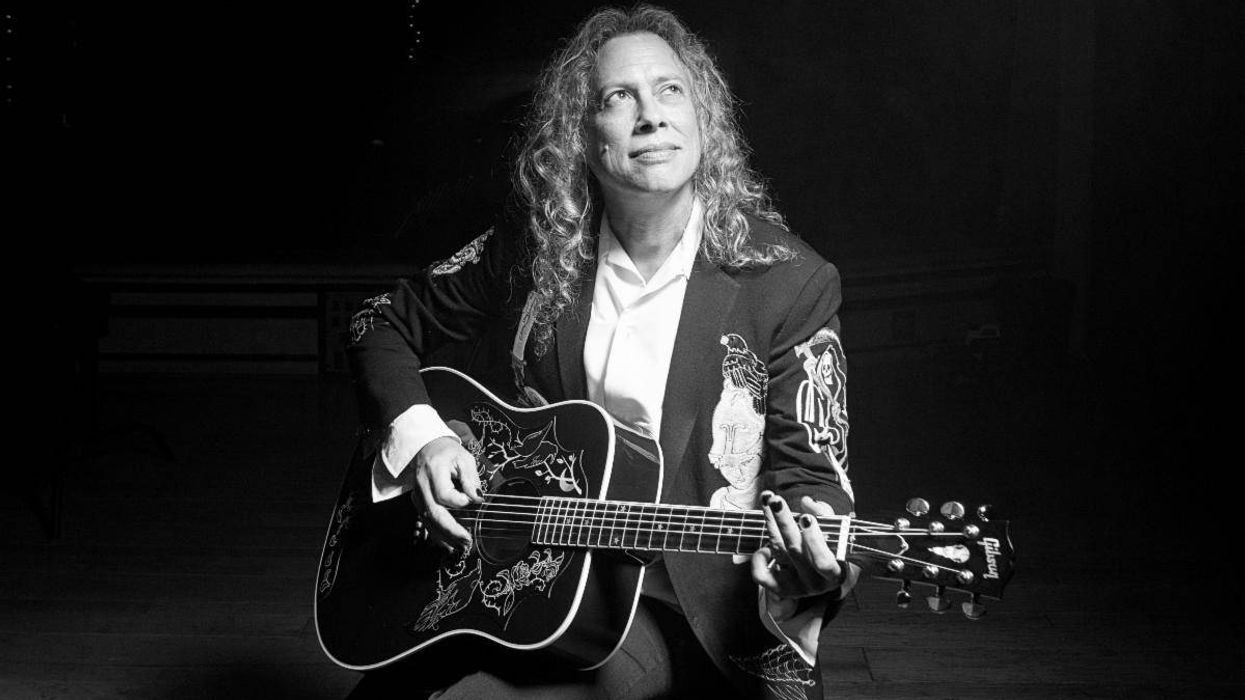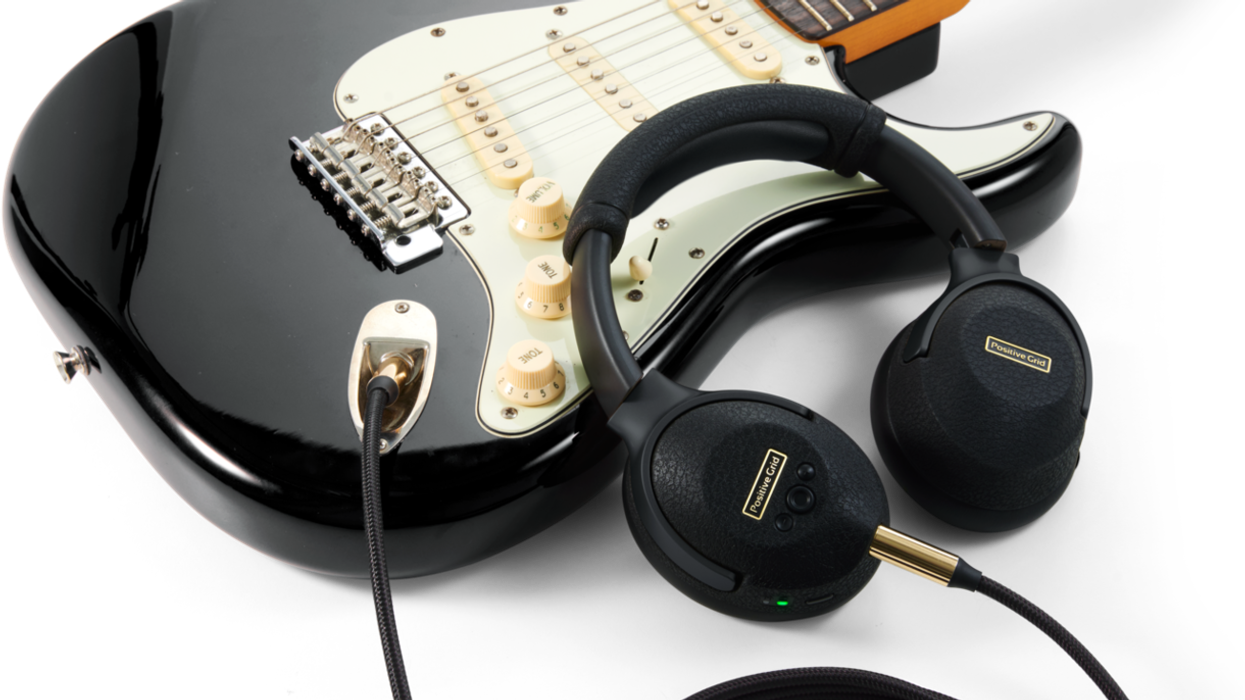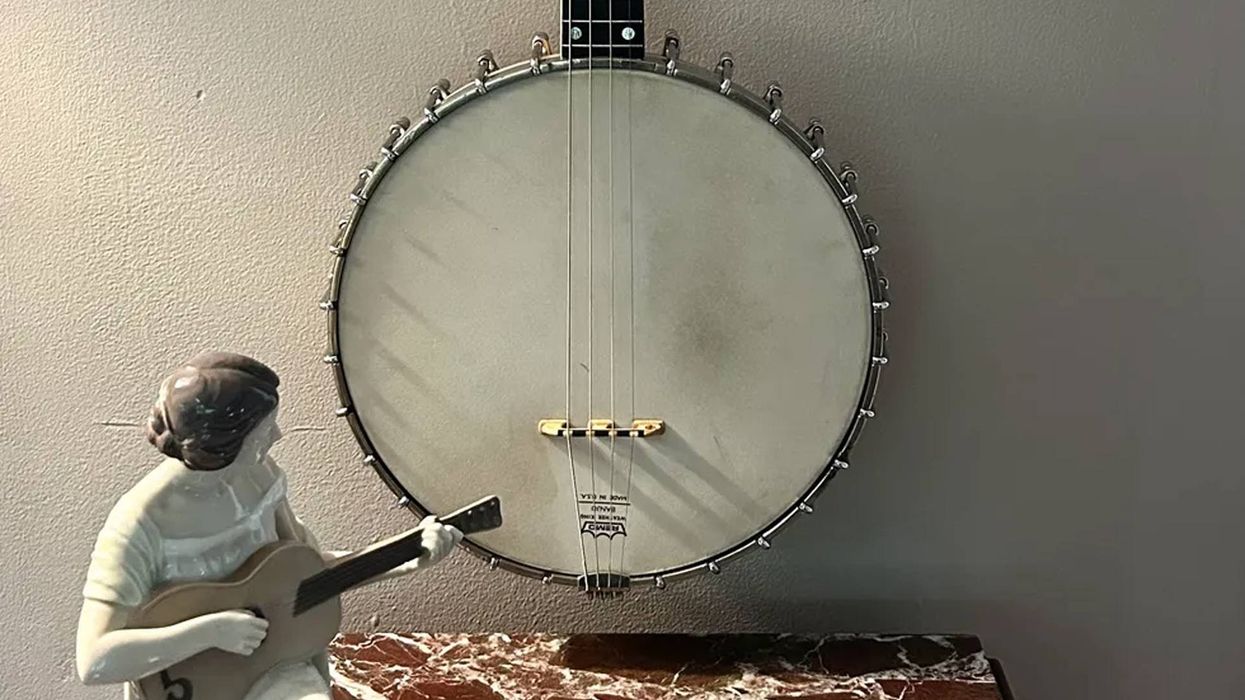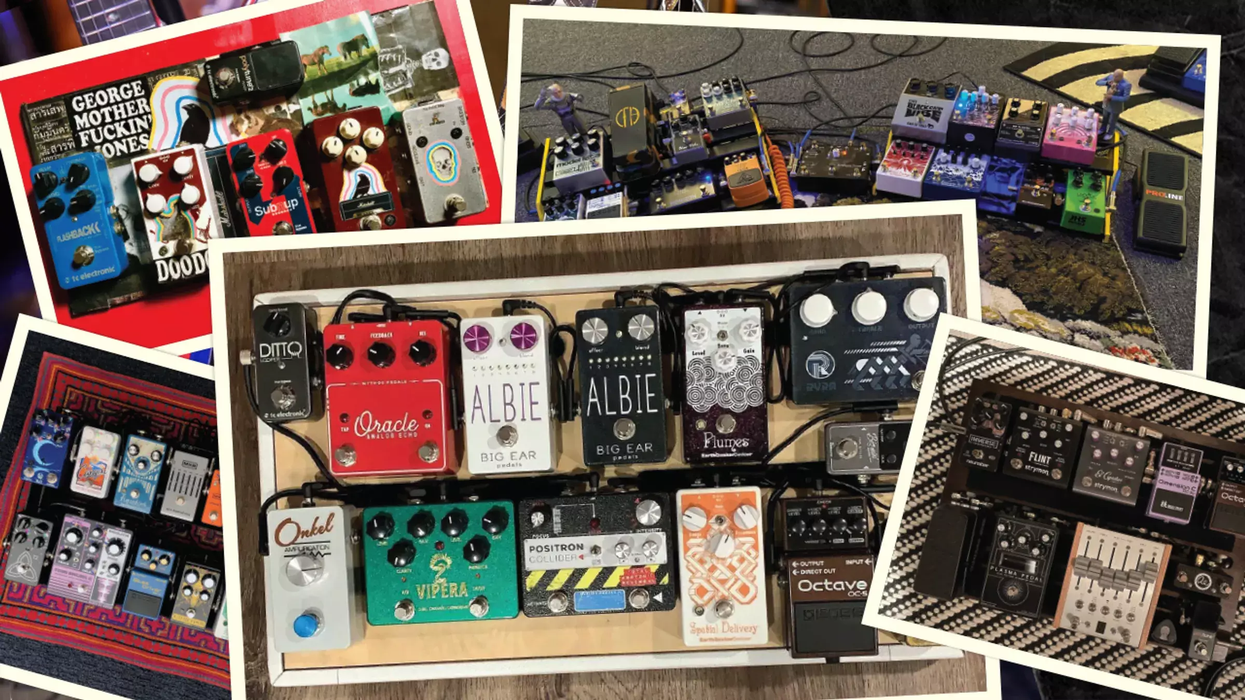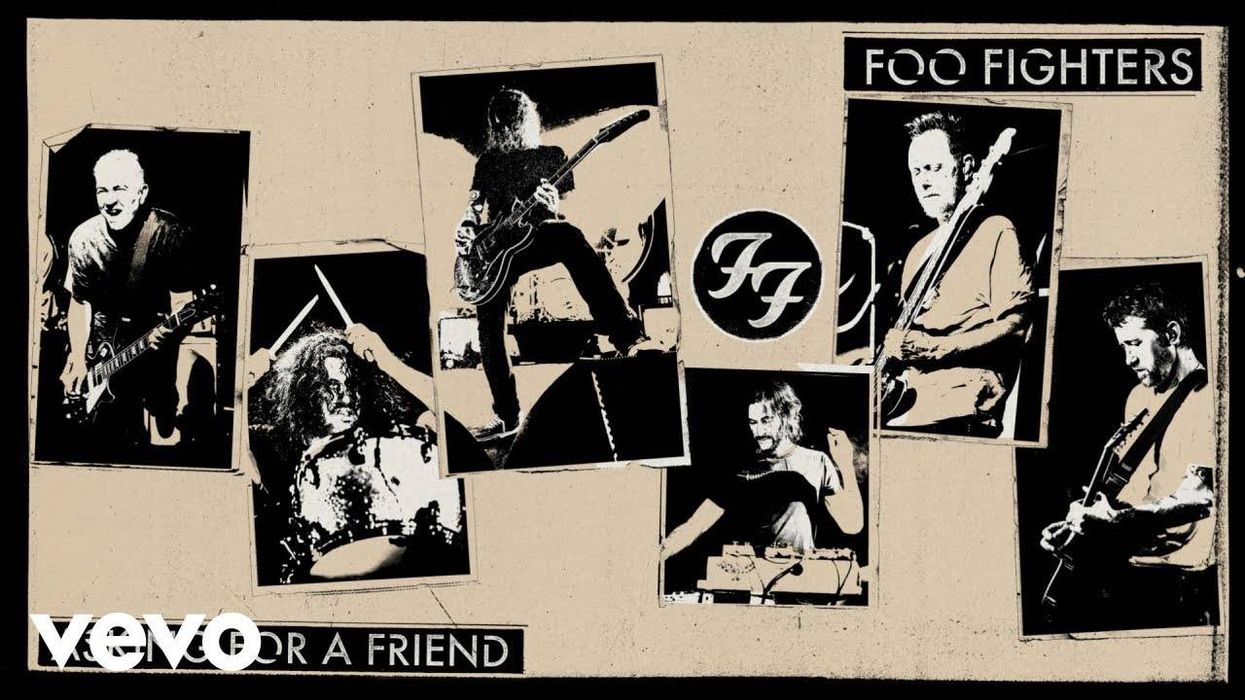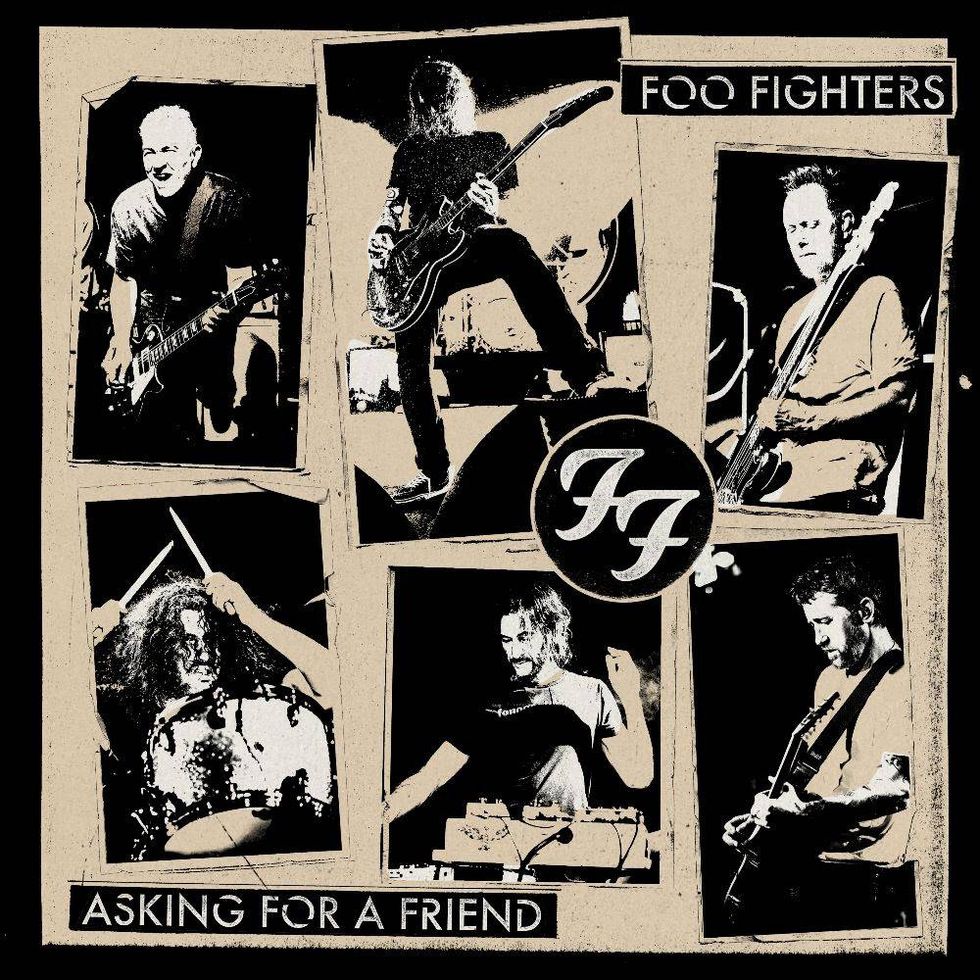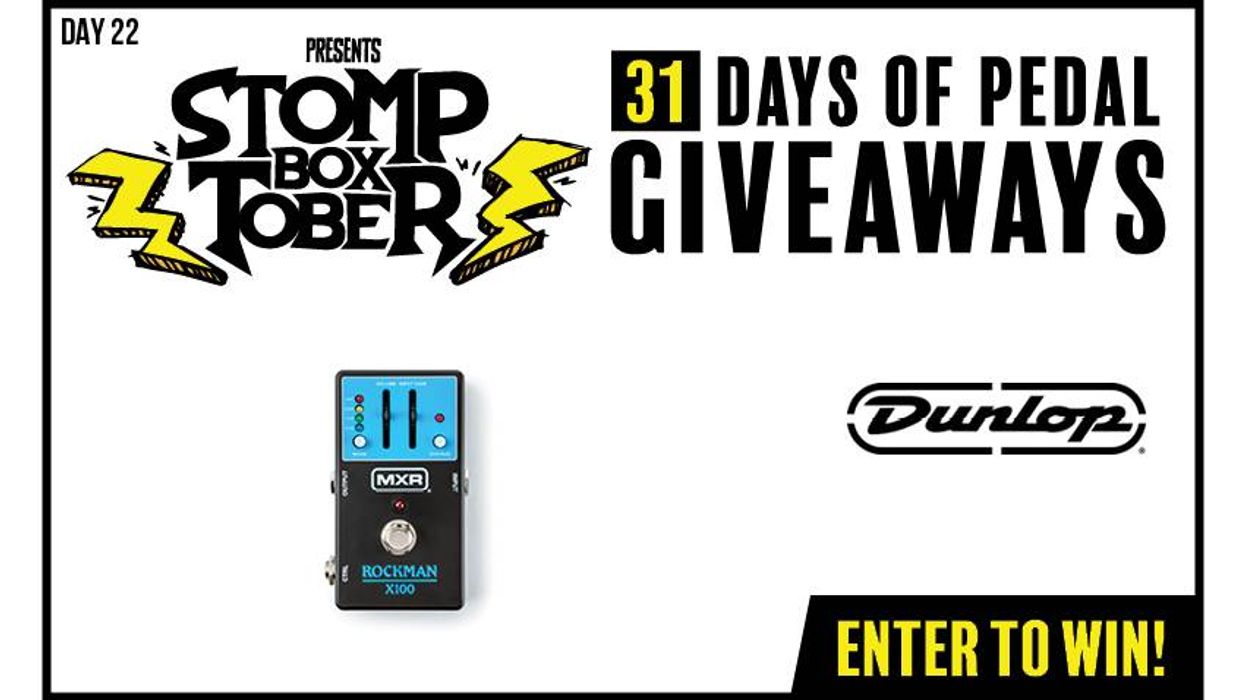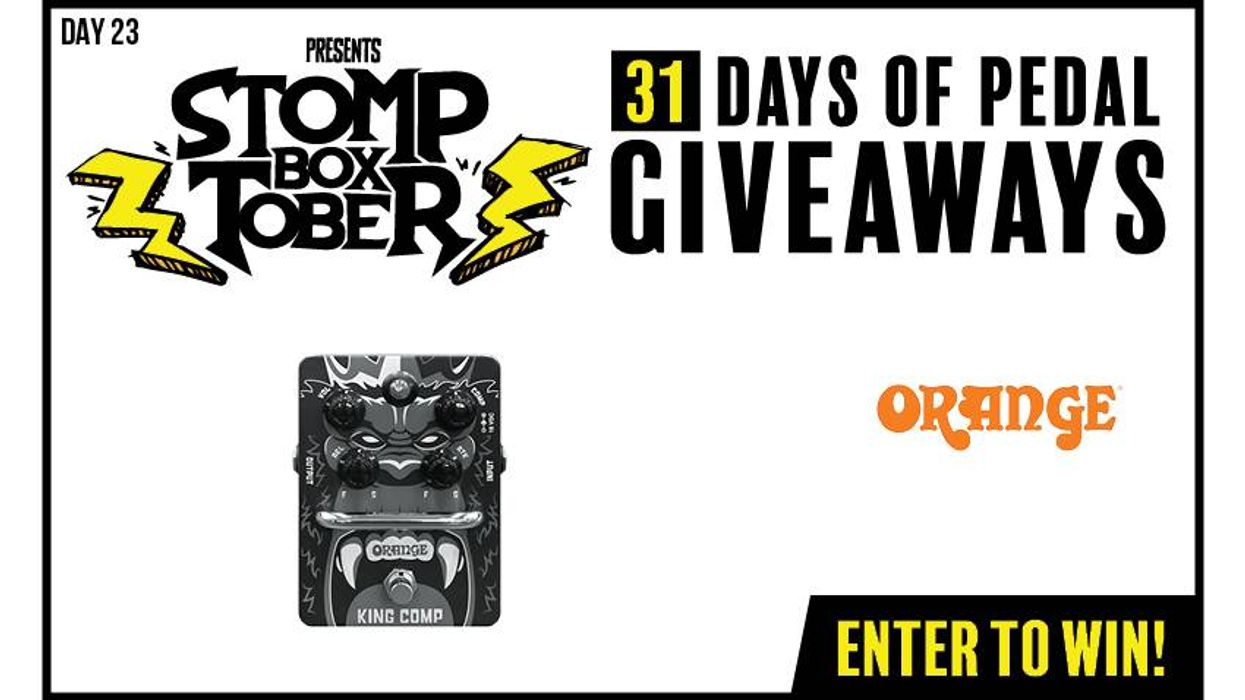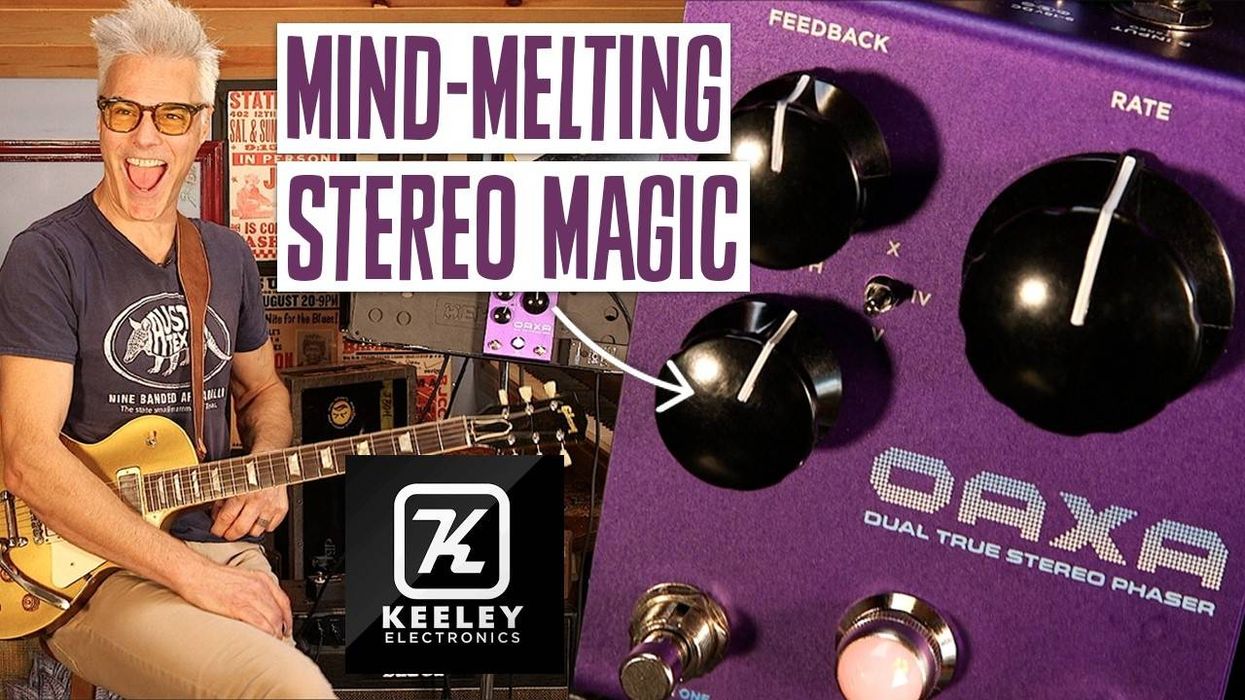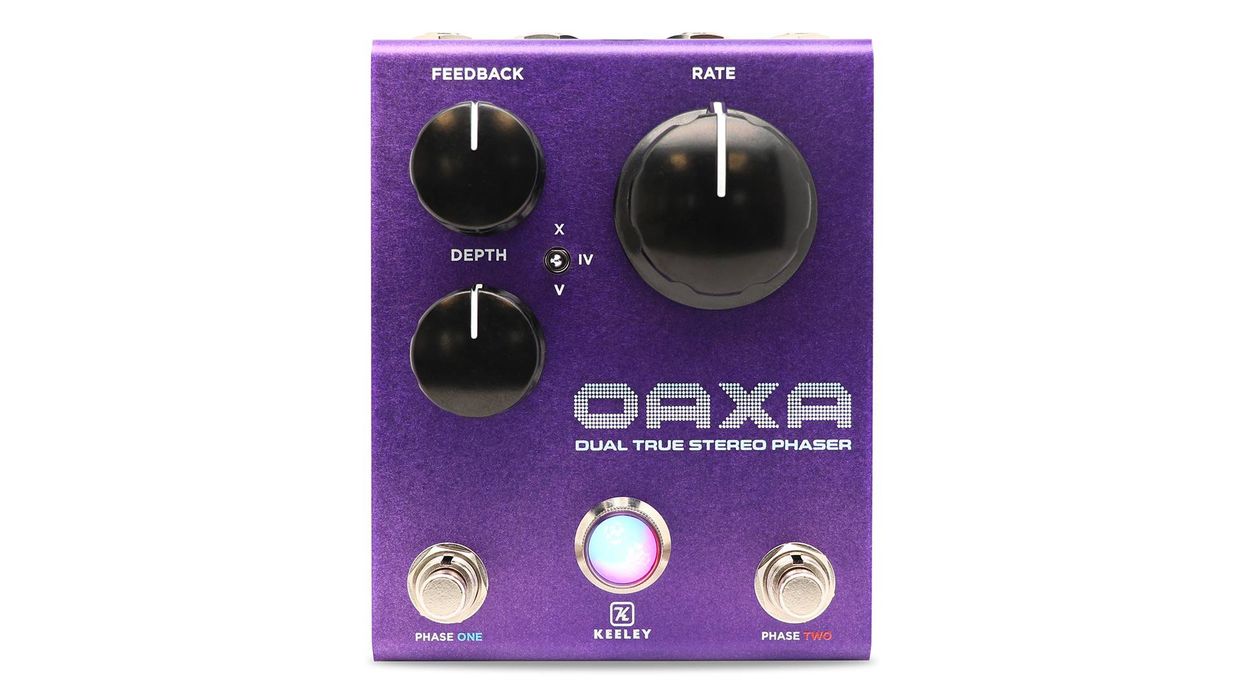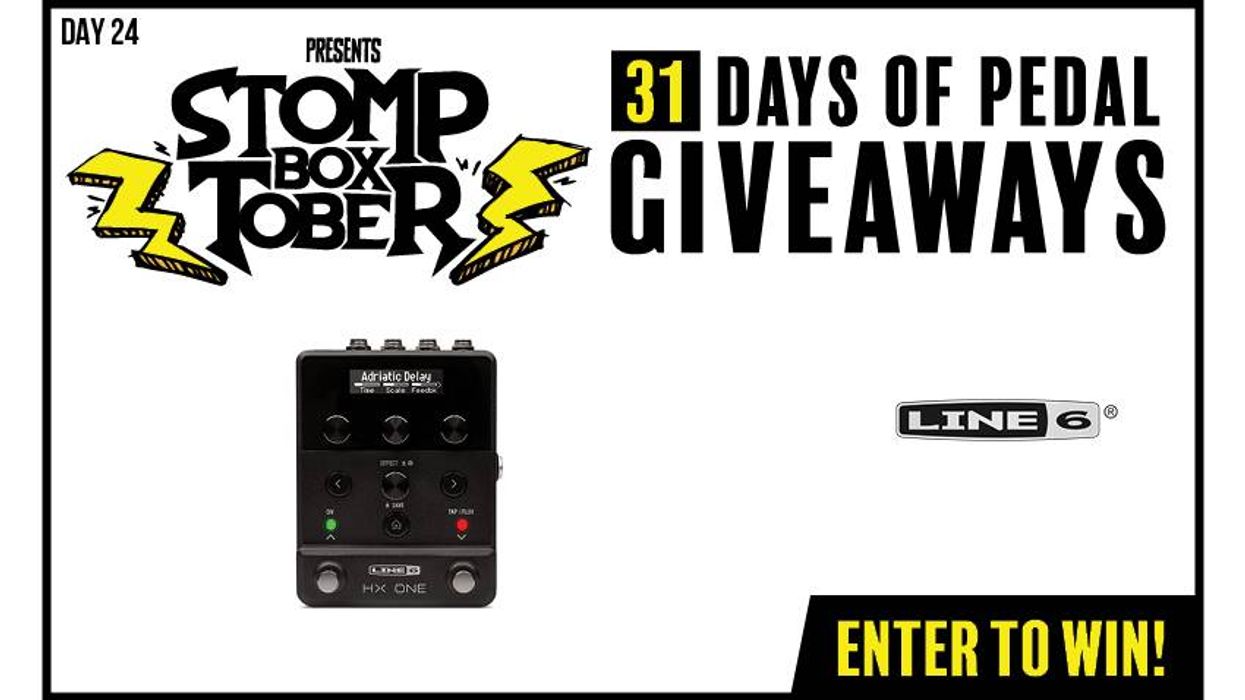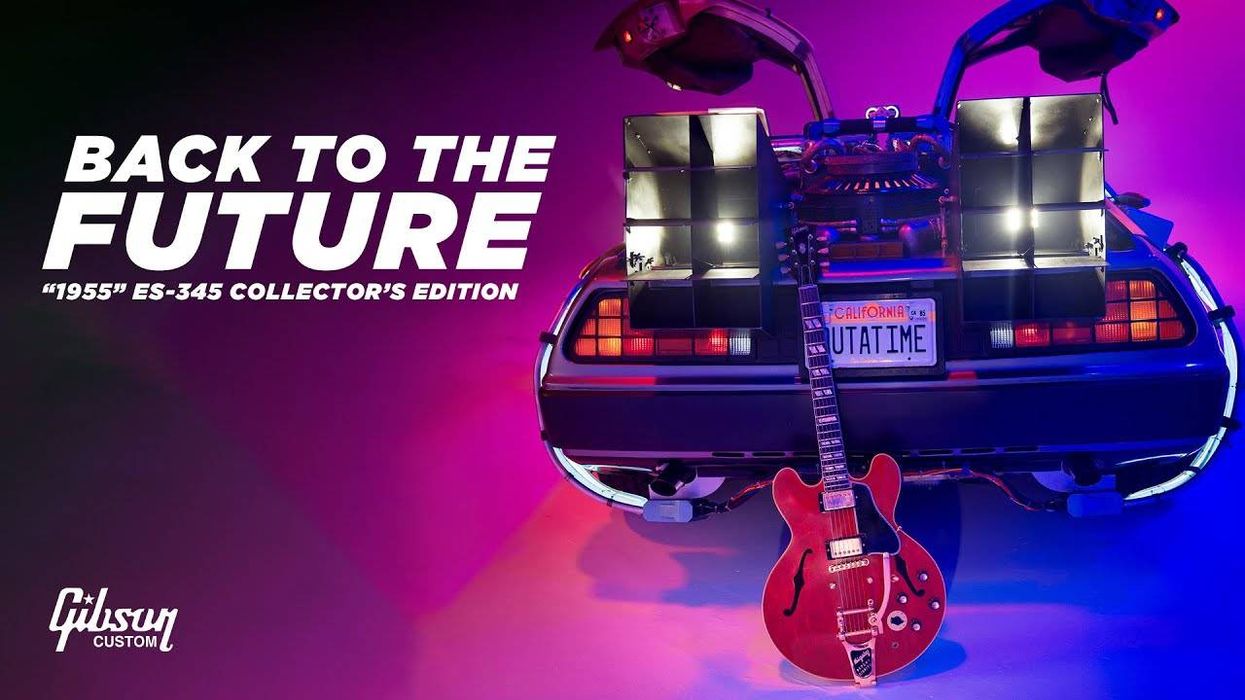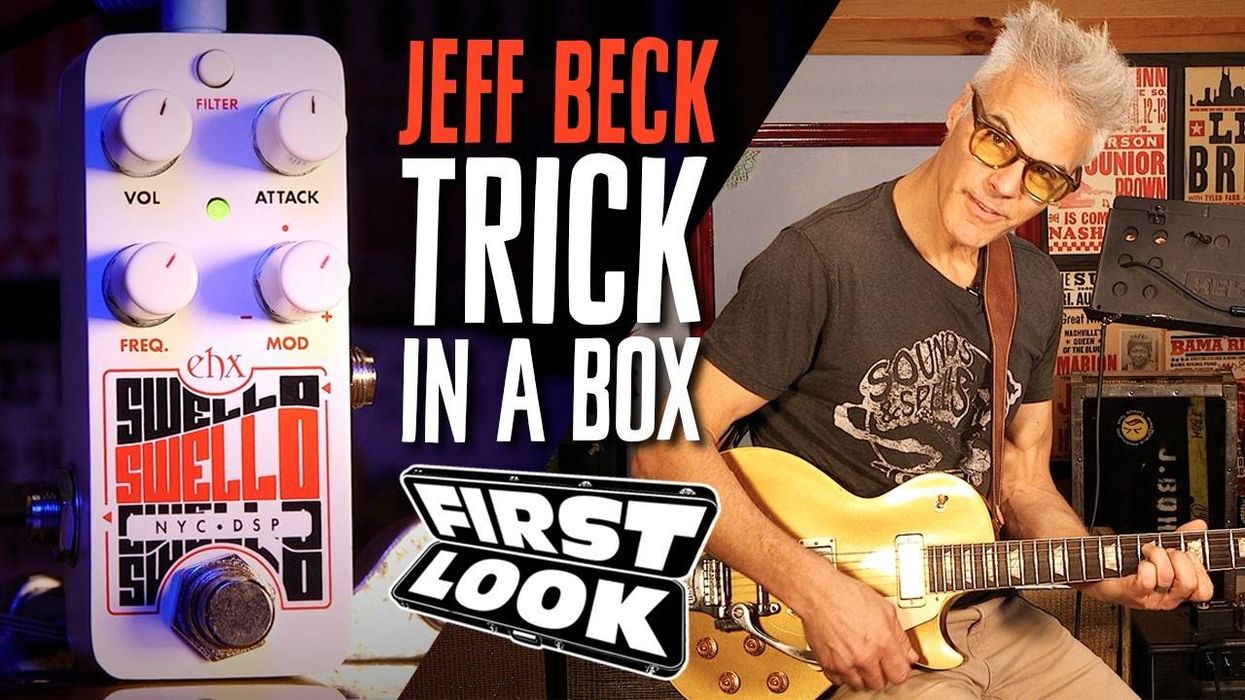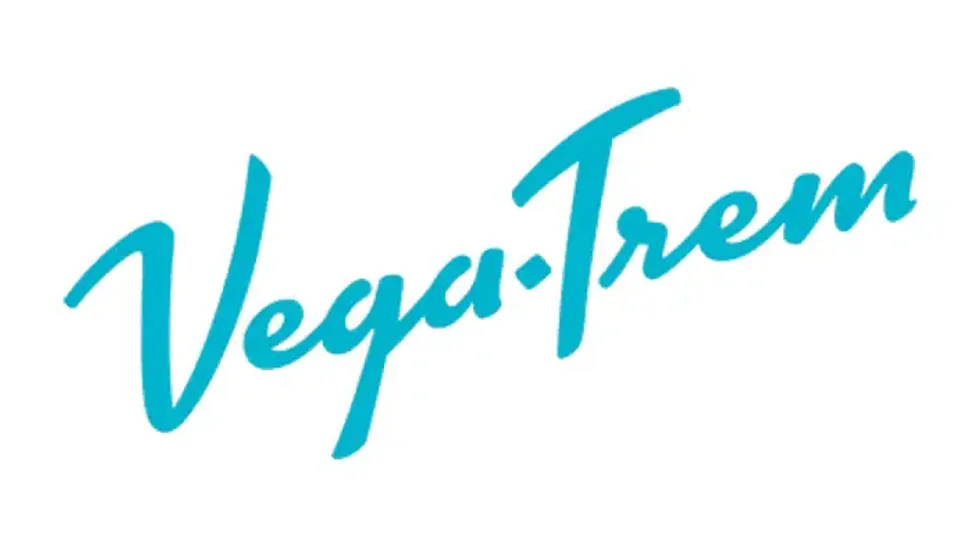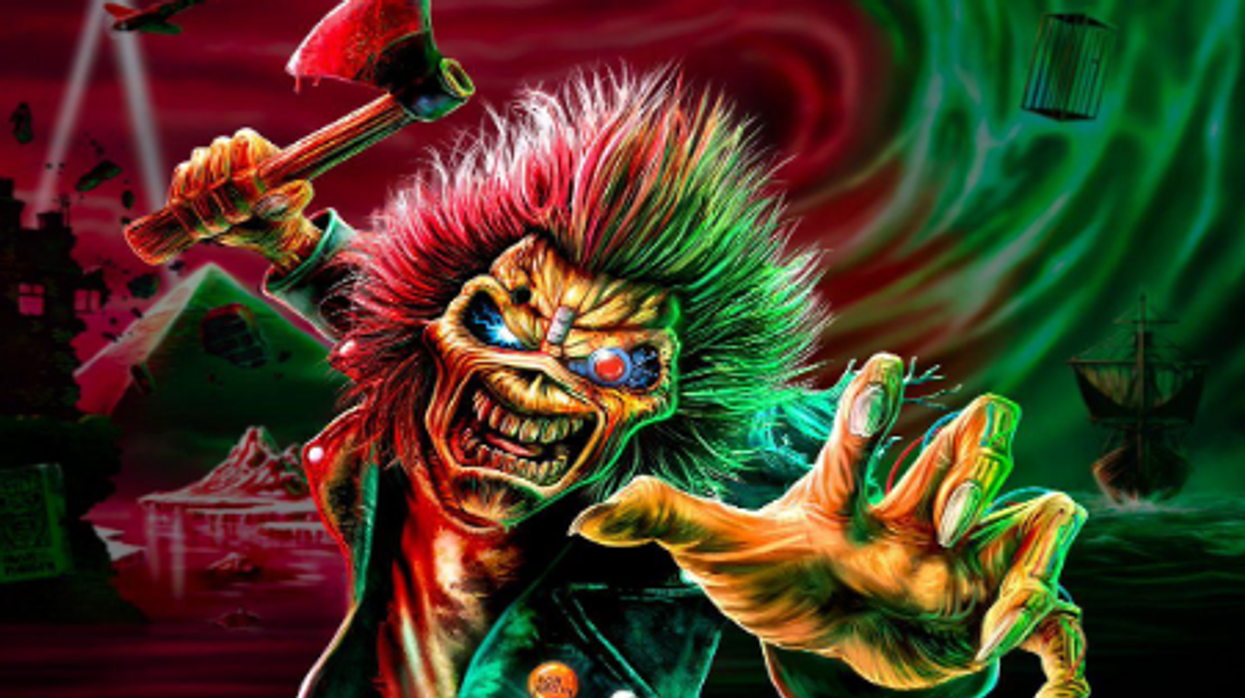Over the years, Fender has used two different effects that are labeled “vibrato.” One simply modulates the loudness of the signal. The other is more interesting to me; it modulates the amplitude and also generates a swirling effect – almost like a phaser. I liked it so much that I studied its principles and have reproduced it with solid state technology.
Since I am not an expert in Fender history, I’ve taken my historical data from the Fender Amp Field Guide (ampwares.com/ffg). From that history, I see that Fender produced a normal sort of tremolo in its earliest amps that they later referred to as vibrato. This “vibrato” depended on the gain change that happens in a tube when its bias point is changed. This is the way most tube amps produce their tremolo, but there is a problem with this. The change in bias voltage also produces a change in the DC level on the tube’s plate. This DC level change has to be removed to avoid thumping sounds whenever tremolo is used. Different amps use various schemes to get rid of the thumps.
I imagine that this was what was on the minds of the folks at Fender when the Concert Vibrato was developed. In Figure 1, the signal from the preamp tube is sent to two filters; one is made up of R1, C1 and C2, the other is R2, R3, and C3.The first is a low pass filter, allowing the entire signal below a set cutoff frequency to pass through to V1A’s grid. The second is a high pass filter, letting all the treble above a set frequency to pass through to V1B’s grid. The high and low signals are then amplified by V1A and V1B and mixed together again by R6 and R7. What makes this interesting is that the bias of both V1A and V1B are changed by what I’ve called low frequency oscillators – LFO1 and LFO2.
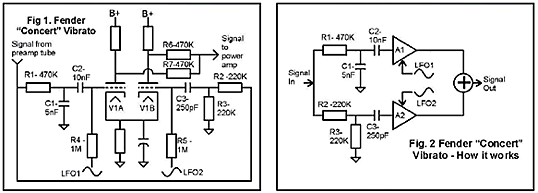
LFO1 and LFO2 are the reverse of each other; when LFO1 goes up, LFO2 goes down. V1A and V1B make highs and lows and have loudness variations, but at opposite times. The equal-and-opposite LFO signals then cancel out when added back together at R6 and R7, but the treble and bass signals do not. This kills off almost all of the LFO DC feed-through.
Simultaneously, the phase shifts from the two filters cause the highs and lows to interact with each other right where they cross over. This causes a couple of interesting things; the mixed signal sounds like it’s varying in volume, but since different parts of the signal are consistently at a high volume you don’t get the apparent change in loudness like in simple tremolos. The phases of the two signals cause a cancellation in the middle of the sweep, causing a slightly moving frequency notch that appears, sweeps a little and goes away again. That moving notch is what causes the phaser sound.
I’ve redrawn the Concert Vibrato in functional style in Figure 2. This shows a little more clearly the two filters, the variable gain amps and the equal-but-opposite LFOs. The question I had was whether I could recreate the Concert Vibrato sound with solid state parts, so I designed two versions of Figure 2, one with op-amps as variable gain elements and one with JFETs. Both worked well, and both tend to make you forget the words to the song when listening to the guitar sound, one of the signs of a successful effect.
Schematics for both of my versions are on my personal web site, geofex.com, though they are not for commercial use without prior arrangements.
The Concert Vibrato is responsible for something that has puzzled me about Fender. Fender called tremolo by the correct term in their early amps, so why did they later get the terms vibrato and tremolo backwards?
The Concert Vibrato really does sound something like a vibrato, so calling it by the name made sense. I think they then decided to go back to the cheaper circuits, saving one and a half tube sections, but liked the market response to the name vibrato, so they never changed it back to tremolo. It makes for interesting speculation, anyway.
R.G. Keen
Cheif Engineer
Visual Sound
www.visualsound.net
